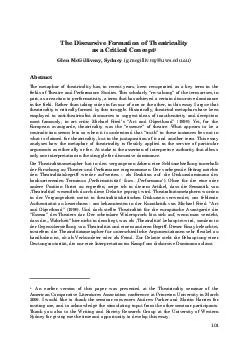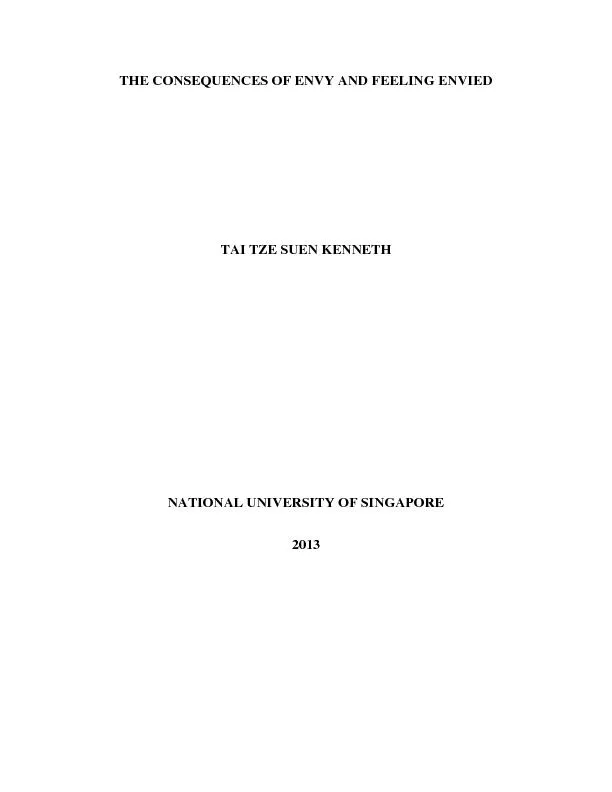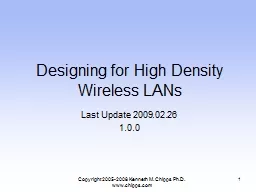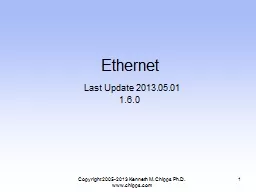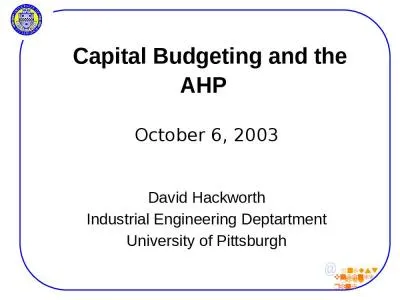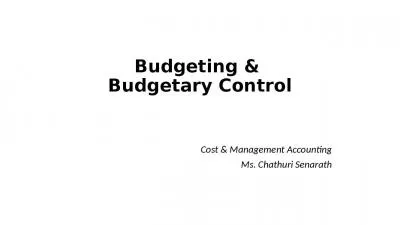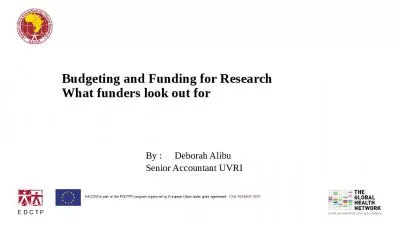Department Budgeting (10/02/20) Kenneth N. Barish
Author : min-jolicoeur | Published Date : 2025-06-27
Description: Department Budgeting 100220 Kenneth N Barish Physics Astronomy University Budget Systemwide UC budget proposed by UCOP to Regents Funding Streams Model most money remains on campuses UCOP and system wide imitative are funded
Presentation Embed Code
Download Presentation
Download
Presentation The PPT/PDF document
"Department Budgeting (10/02/20) Kenneth N. Barish" is the property of its rightful owner.
Permission is granted to download and print the materials on this website for personal, non-commercial use only,
and to display it on your personal computer provided you do not modify the materials and that you retain all
copyright notices contained in the materials. By downloading content from our website, you accept the terms of
this agreement.
Transcript:Department Budgeting (10/02/20) Kenneth N. Barish:
Department Budgeting (10/02/20) Kenneth N. Barish , Physics & Astronomy University Budget (Systemwide) UC budget proposed by UCOP to Regents “Funding Streams” Model – most money remains on campuses. UCOP and system wide imitative are funded by a tax, currently set at 2.65%. “Rebenching” – each campus is now receiving the same amount of money per budgeted student in each category. Concepts such as “faculty lines” and NRT expenses for graduate students are outdated. Role of Academic Senate University Committee on Planning and budget (derived from Regents standing order): “1) Confer with and advise the President and agencies of the University Administration on policy regarding planning and budget matters and resource allocations. 2) Initiate studies in planning and budget matters.” University Budget (campus) State and tuition represent a majority of UCR revenues, considerably more than other campuses. We receive more back in student aid then our students put into the pool. [33% of student tuition is centralized for aid] Revenue Recipient Revenue Sources Auxiliary / Self-Supporting Enterprises Academic Units Subvention & Strategic Investment Funds Infrastructure Administration Student Support Academic & Research Support Auxiliary / Self-Supporting Enterprises Academic Units Cost Pools Subvention & Strategic Investment Funds Central Support (Subvention & Strategic Investment Funds) ACADEMIC, AUXILIARY/SELF-SUPPORTING… ALL UNITS ACADEMIC UNITS ONLY ..& SUPPORT UNITS ALL UNITS UCR’s decentralized budget model 5 Note that the University is a series of Cross-Subsidizations Tuition allocation In FY15-16, 70% of the net undergraduate tuition base was assigned to the Schools and Colleges 5 Tuition Distribution to Colleges / Schools 1. Net available revenue is after the financial aid and split with 30% going into central resources for fixed cost increases 2. Stated values for Undergraduate and Non-Resident Tuition are based on a 3-year historical average of actual revenue (net of waivers). 6 Campus Budget Process Service Providers Includes, e.g. facilities and BAS, but also Research, Graduate and Undergraduate Education Revenue generators Colleges and schools College Budgets Revenues (selected): $/student FTE (formula, class, major, performance) Subvention funding (cross-subsidies) Course material fees Self-supporting and professional degree programs Indirect cost recovery (30%) [5% to Dept and 5% to PI] Portion of faculty initial complements (from campus) Gifts and endowments Expenses (selected): Faculty and staff salaries and benefits (pass through to departments) TA salaries + tuition, etc. (pass through to departments) Indirect costs for admin, facilities, etc Portion of initial complements Department Budgets Authority: Supervisory & Budgetary Departmental Permanent Funding

